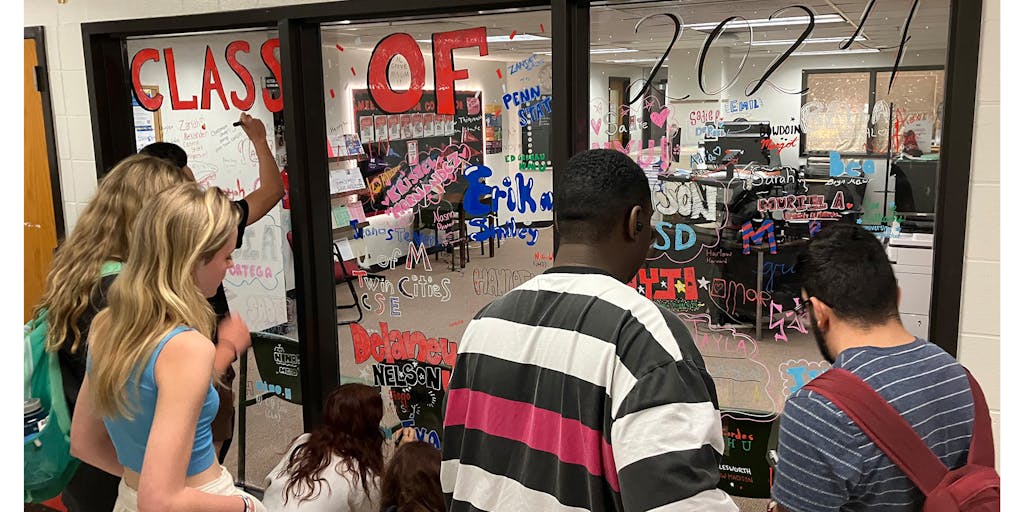How Rising Higher Ed Costs Change Student Attitudes About College
Rising Costs of Higher Education
Higher education costs have been on the rise for decades, making it increasingly difficult for students and their families to afford a college education. The cost of tuition, textbooks, housing, and other expenses have all contributed to the growing financial burden placed on students.
Impact on Student Attitudes
As the cost of higher education continues to rise, students are beginning to reconsider the value of a college degree. Many students are questioning whether the financial investment in a college education is worth the potential benefits in terms of future job prospects and earning potential.
Increased Financial Stress
With the rising costs of higher education, many students are facing increased financial stress. They may have to take out large loans to cover tuition and living expenses, leading to significant debt burdens upon graduation. This financial strain can impact students‘ mental health and overall well-being.
Changing Priorities
Some students are choosing to forgo a traditional four-year college education in favor of alternative paths, such as vocational training programs or online courses. These alternative options may offer comparable education at a lower cost, leading students to reassess the value of a college degree.
Conclusion
As the cost of higher education continues to rise, students are faced with difficult decisions about their future. The financial burden of attending college can impact students‘ attitudes towards higher education and influence their choices regarding their academic and career paths. It is important for policymakers and institutions to address the affordability of higher education to ensure that all students have access to quality education without being burdened by overwhelming debt.
FAQs
Q: How have rising higher ed costs impacted student enrollment rates?
A: Rising higher education costs have led to a decline in enrollment rates, as some students are choosing to forego college due to financial concerns. This trend is particularly pronounced among low-income and minority students.
Q: What can students do to mitigate the impact of rising higher ed costs?
A: Students can explore alternative options such as scholarships, grants, and work-study programs to help offset the cost of higher education. Additionally, researching affordable colleges and universities or considering online education options can also help reduce expenses.
Q: How can policymakers address the rising costs of higher education?
A: Policymakers can work to increase funding for higher education institutions, implement tuition freezes or caps, and expand financial aid programs to make college more affordable for all students. Additionally, promoting transparency in college pricing and offering resources for student loan management can help students make informed decisions about their education.




